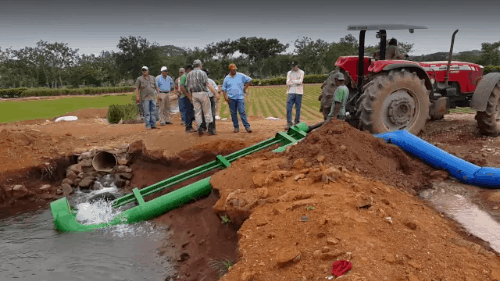Changing weather patterns and unusually dry conditions are having a serious impact on rice and sugar cane production in Central America and El Niño year is certainly living up to its reputation. The continuing delay in rainfall will undoubtedly reduce the yield and quality of this year’s rice and sugar cane crops in several areas of Central America. When combined with an equally harsh La Niña winter, perhaps the greatest impact will be within the important bridge countries that connect the North and South American continents.
Panamanians are among the largest rice consumers in the western hemisphere, yet repeatedly low domestic production means that almost 80% of the rice consumed in Panama is imported from outside the country. Farmers rely almost exclusively on the normal annual rainfall to produce their crop, and this year’s lack of water has prompted the Government of Panama to begin incentivizing the adaptation of modern irrigation practices including the use of high volume water pumps to utilize the region’s abundant river water. Such improvements could potentially drive a second crop yield that can easily be supported by the excellent year round growing season and modern irrigation techniques. Sugar cane producers are facing similar challenges and now the current government advocacy has attracted supporters within the underutilized rice and sugar mill industries, who depend on farm production to keep mill output levels high.

